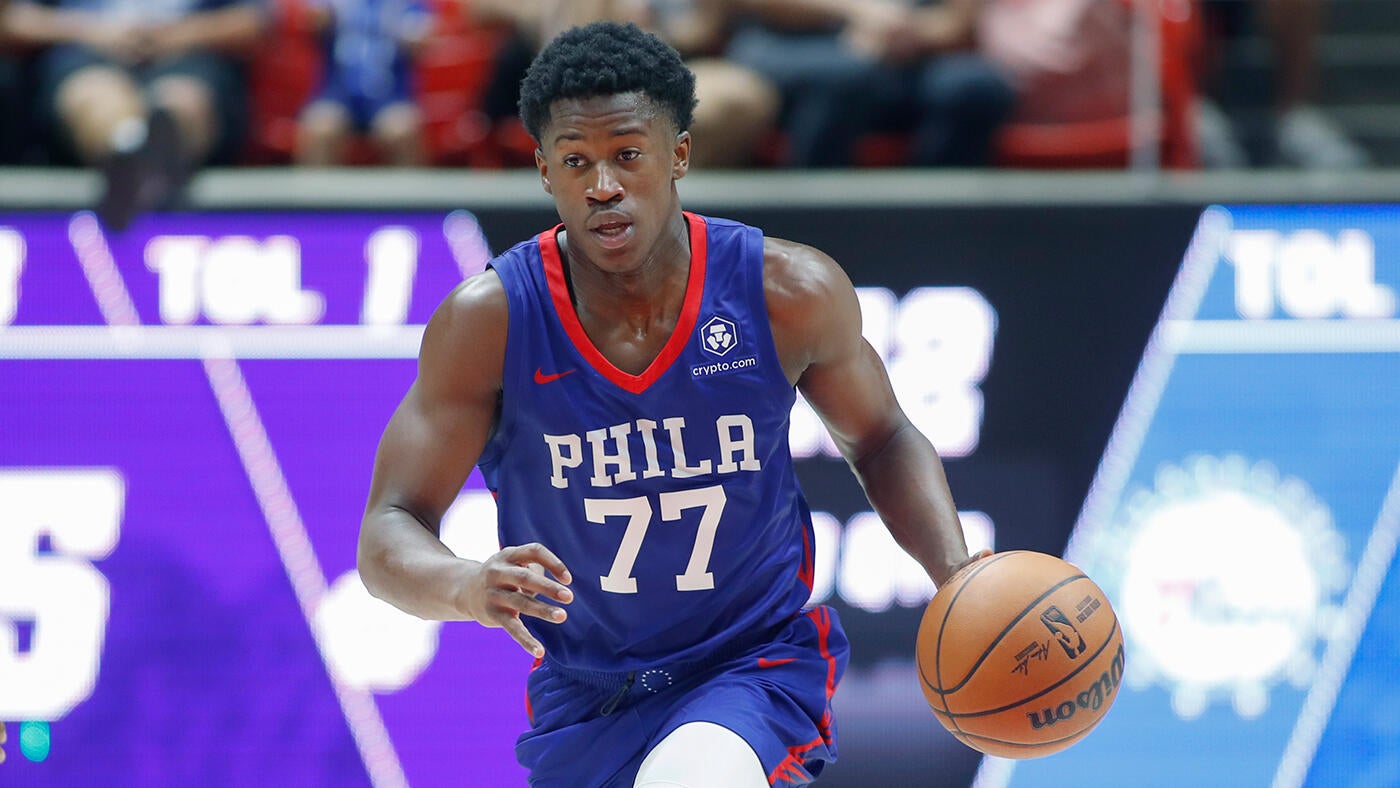The transition from college basketball to the professional ranks of the NBA often presents unforeseen challenges, a reality vividly articulated by Philadelphia 76ers rookie VJ Edgecombe. Despite earning second-team All-Big 12 honors during his singular season at Baylor, Edgecombe’s personal experience with college hoops diverged sharply from his expectations for professional success, leading to a candid admission that has resonated across the basketball world.
Edgecombe’s pointed critique stems primarily from the fundamental differences in court spacing and defensive rules between the collegiate and NBA levels. He openly expressed a profound dislike for the crowded paint he encountered in college, where the absence of a defensive three-second rule allowed opposing big men to consistently occupy the key. This physical congestion severely hampered his ability to effectively drive to the basket and operate offensively, creating an environment he described as difficult and restrictive.
In stark contrast, the NBA’s adherence to a defensive three-second rule is designed specifically to prevent defenders from lingering in the paint without actively guarding an opponent. This crucial rule, combined with the deeper NBA three-point line, naturally creates more expansive court dimensions and greater offensive freedom. Elite shooters stretch defenses further, opening up vital lanes for driving guards and forwards like Edgecombe, who thrive on attacking the rim.
This increased spacing directly translates into a more fluid and less congested offensive environment, perfectly suiting Edgecombe’s athletic and aggressive style of play. His ability to penetrate defenses and finish at the rim, which felt stifled in college, is now afforded the necessary room to flourish in the professional setting, underscoring a key developmental difference between the two leagues.
Evidence of this beneficial shift emerged strikingly during Edgecombe’s NBA Summer League debut. Across his two appearances, he demonstrated a significant improvement in his efficiency at the rim, converting 10 of 17 attempts (59%) from close range. This marked an increase from his 54% shooting at Baylor, according to Synergy Sports, providing tangible statistical validation for his assessment of the distinct playing environments.
Edgecombe’s situation also casts light on a broader pattern: success in college basketball does not automatically guarantee a smooth transition to the NBA. Of the five consensus first-team NCAA All-Americans from the past season, only one, the first overall pick, landed in the lottery. Other highly touted collegiate stars, including a national champion, slid into the late first or even second round, while some went undrafted, underscoring the different skill sets valued at each level.
As an elite athlete, Edgecombe is expected to make an immediate defensive impact for the Philadelphia 76ers. However, his long-term ceiling will likely be determined by his continued development in shooting and playmaking. The improved spacing inherent in the NBA game is poised to make these aspects of his offensive repertoire more manageable, providing him with clearer opportunities to refine his skills.
Ultimately, VJ Edgecombe’s candid remarks about college basketball and his subsequent impressive NBA Summer League performance offer a compelling narrative on adaptation and opportunity. His early success underscores how a more expansive professional court environment can unlock the true potential of dynamic players, validating his insights and hinting at a bright future with the Philadelphia 76ers.






Leave a Reply